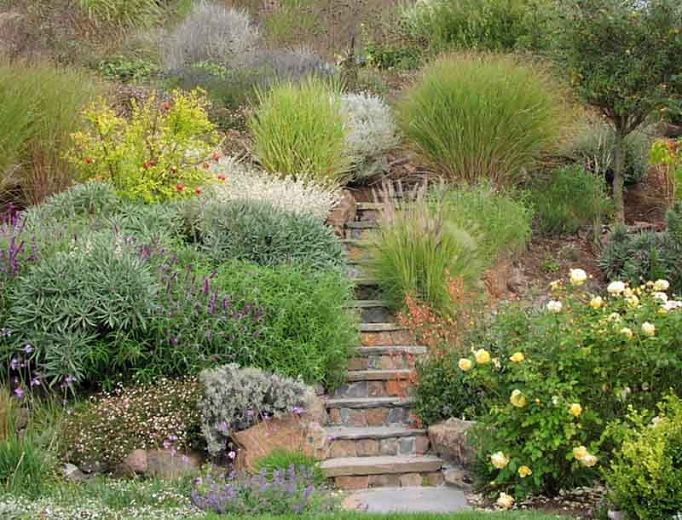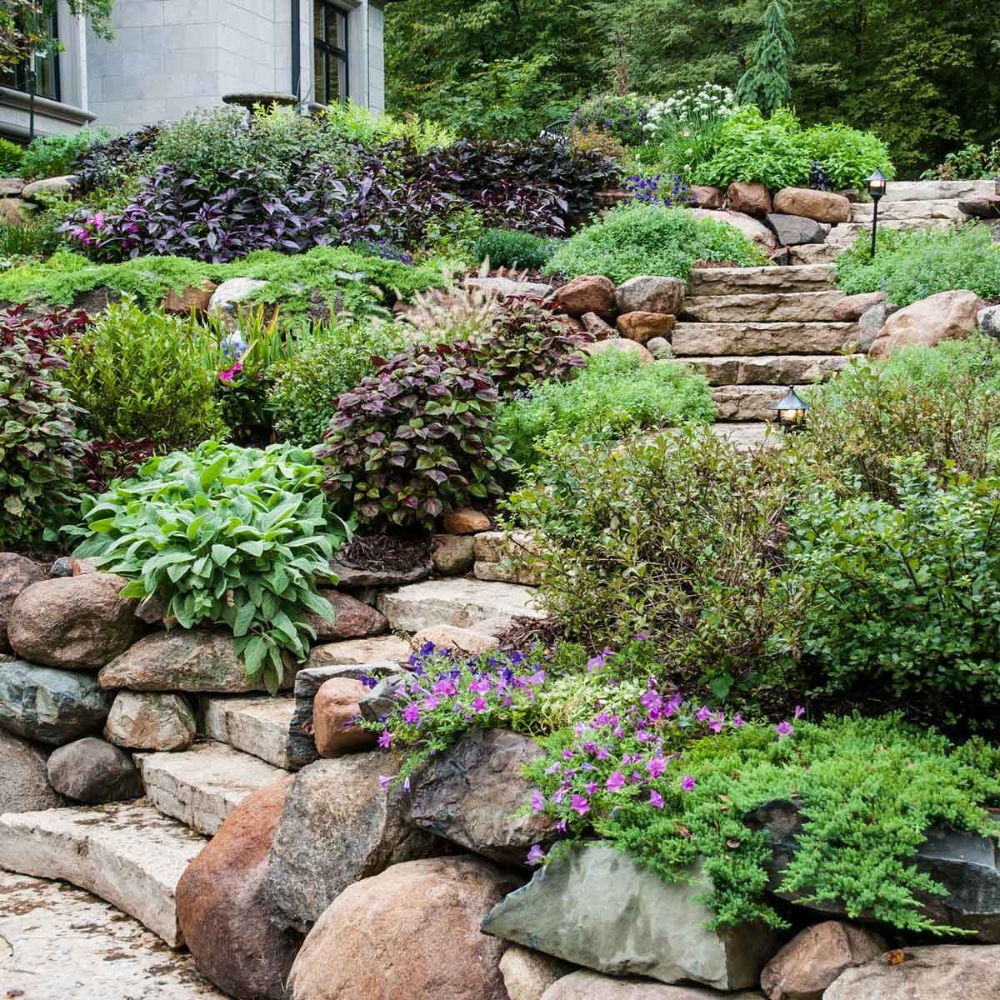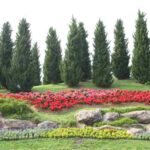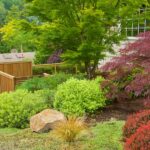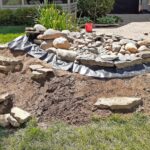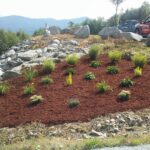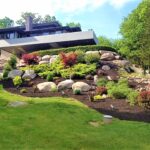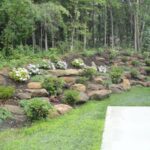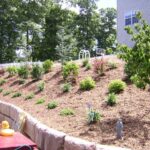Landscaping a hillside can be a challenging but rewarding project that can significantly enhance the beauty and functionality of your outdoor space. Whether you have a steep slope or a gentle incline, there are several factors to consider when designing and implementing a landscaping plan for your hillside.
One of the most important considerations when landscaping a hillside is erosion control. Hillsides are prone to erosion, especially during heavy rain or snowmelt. To prevent soil erosion, it is essential to create retaining walls, terraces, or planting beds that will help stabilize the soil and prevent it from washing away. Using erosion control fabrics, mulch, and planting native ground cover plants can also help to prevent erosion and protect the health of your hillside.
In addition to erosion control, it is crucial to consider the drainage of your hillside. Poor drainage can lead to standing water, which can create a host of issues, including soil erosion, root rot, and mosquito breeding grounds. To improve drainage, consider installing French drains, dry creeks, or using plants that are suited to wet conditions. Properly addressing drainage concerns will not only protect the health of your plants but will also help to prevent damage to your property.
Another important factor to consider when landscaping a hillside is the selection of plants. When choosing plants for a hillside, it is essential to select species that are well-suited to the specific conditions of your slope, including soil type, sun exposure, and moisture levels. Native plants are often a good choice, as they are adapted to the local environment and are typically low-maintenance. Ground cover plants, such as creeping thyme, sedum, or ornamental grasses, can be particularly useful for stabilizing soil and preventing erosion.
In addition to selecting the right plants, it is also important to consider the layout and design of your hillside landscaping. Terraces, retaining walls, and raised beds can help to create level planting areas and improve the aesthetic appeal of your hillside. Incorporating curves and angles in your design can create visual interest and help to break up the slope. Pathways, stairs, and seating areas can also enhance the functionality and accessibility of your hillside landscaping.
Finally, when landscaping a hillside, it is important to consider maintenance. Steep slopes can be difficult to access and maintain, so it is important to choose low-maintenance plants and design features that will minimize the need for frequent care. Using mulch, drip irrigation systems, and incorporating native plants can all help to reduce maintenance requirements and ensure that your hillside landscaping remains healthy and beautiful for years to come.

